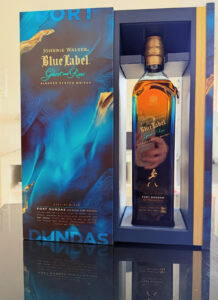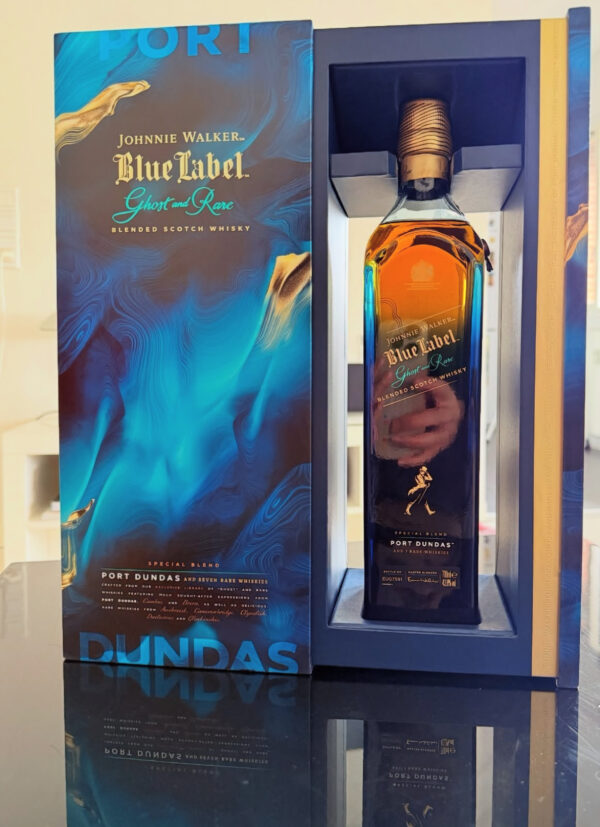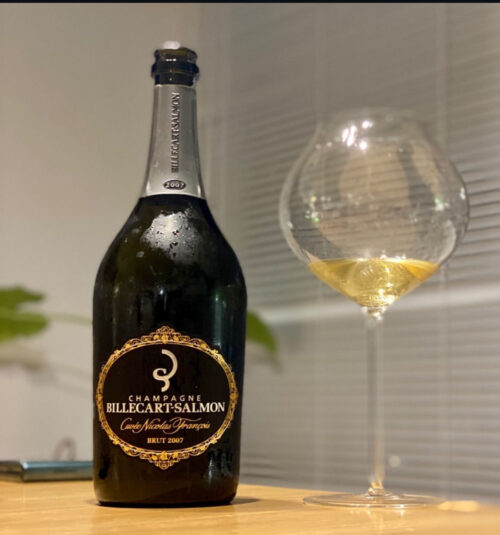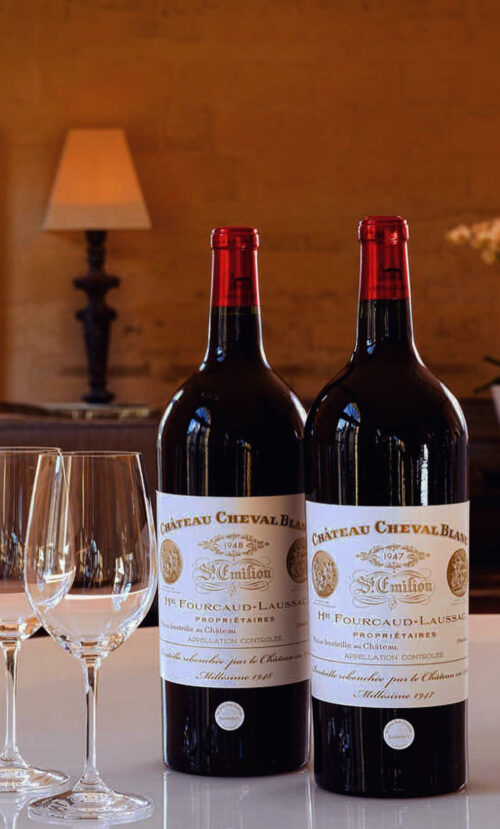Johnnie Walker Blue Label Scotch Whisky: The Epitome of Luxury and Craftsmanship
Introduction
Johnnie Walker Blue Label Scotch Whisky is not merely a whisky—it is a symbol of prestige, artistry, and the pinnacle of blending mastery. As the crown jewel of the Johnnie Walker portfolio, Blue Label has captivated connoisseurs and collectors with its unparalleled complexity and rarity. Crafted from some of Scotland’s rarest and most exceptional whiskies, this iconic blend transcends the ordinary, offering a sensory journey through time and tradition. This 2000-word article explores Blue Label’s heritage, production secrets, cultural resonance, and answers the most searched questions about this legendary Scotch.

Historical Background
The Legacy of Johnnie Walker
The story begins in 1820, when John Walker, a humble grocer in Kilmarnock, Scotland, began blending whiskies to meet customer demand. His son, Alexander Walker, expanded the business, introducing the iconic square bottle (1850s) and slanted label (1860s) for durability and recognition. By 1909, the brand’s color-coded labels—Red, Black, Green, Gold, and Blue—were established to denote quality and character. Johnnie Walker Blue Label Scotch Whisky for sale
Birth of Blue Label
Launched in 1992 as the ultimate expression of Johnnie Walker’s blending expertise, Johnnie Walker Blue Label Scotch Whisky was conceived to showcase whiskies from “ghost distilleries” (closed sites) and rare casks. Its creation honors the Walker family’s original 19th-century blending style, emphasizing harmony and depth.
Production Process: The Art of Blending
Sourcing Extraordinary Whiskies
Blue Label’s magic lies in its components:
-
Ghost Distilleries: Whisky from silent distilleries like Port Ellen and Brora, prized for their unique profiles.
-
Rare Aged Stocks: Some casks are over 50 years old, contributing layers of complexity.
-
Diverse Regions: Whiskies from Islay, Speyside, the Highlands, and Lowlands are expertly married.
Master Blender’s Role
Master Blender Jim Beveridge and his team select fewer than 1 in 10,000 casks for Blue Label. The blend emphasizes balance, with no single note overpowering another.
Maturation and Cask Selection
Whiskies are aged in a mix of American oak (ex-bourbon) and European oak (ex-sherry) casks. The blending process involves multiple trials to achieve the signature profile of dried fruits, smoke, and honey.
The Johnnie Walker Blue Label Range
Core Expression
-
Johnnie Walker Blue Label: The flagship blend, presented in a striking cerulean bottle with gold detailing.
Limited Editions
-
Blue Label Ghost and Rare Series: Celebrates specific ghost distilleries (e.g., Pittyvaich, Cambus).
-
Blue Label Year of the Dragon (2024): A collector’s edition with ornate bottle design, released for Lunar New Year.
Tasting Notes: A Symphony of Flavors
-
Nose: Waves of honey, rose petals, and maritime smoke, with hints of dried apricot.
-
Palate: Velvety layers of dark chocolate, orange zest, and sandalwood, underscored by subtle peat.
-
Finish: Long and warming, with traces of spices and oak.
Cultural Impact and Prestige
Status Symbol
Johnnie Walker Blue Label Scotch Whisky is synonymous with luxury, often gifted at high-profile events or served in elite circles. Its presence in films like Kingsman: The Secret Service and partnerships with Aston Martin underscore its aspirational allure.
Awards and Recognition
-
International Wine & Spirit Competition: Multiple gold medals.
-
San Francisco World Spirits Competition: Double gold winner (2020).
Sustainability Initiatives
Johnnie Walker’s parent company, Diageo, commits to net-zero carbon emissions by 2030. Blue Label’s packaging uses recycled materials, aligning with modern eco-conscious values.
People Also Ask: Common Questions Answered about Johnnie Walker Blue Label Scotch Whisky
-
Why is Johnnie Walker Blue Label so expensive?
Rarity of components (ghost distillery stocks), aging costs, and meticulous blending justify its premium price (typically 200–350 USD). -
Does Blue Label have an age statement?
No—it’s a blend of ultra-aged whiskies, some over 50 years old. -
How should I drink Blue Label?
Neat or with a splash of water to unlock aromas. Avoid ice to preserve complexity. -
What’s the difference between Blue Label and other Johnnie Walker variants?
Blue Label uses rarer, older stocks vs. Black Label (12 years) or Gold Label Reserve (no age statement). -
Is Blue Label a good investment?
Limited editions (e.g., Ghost and Rare) appreciate, but it’s primarily crafted for drinking. -
Which distilleries contribute to Blue Label?
Undisclosed, but confirmed ghost distilleries include Port Ellen and Cambus. -
Can Blue Label be used in cocktails?
While possible, it’s best enjoyed neat to savor its nuanced profile. -
How is Blue Label packaged?
In a heavy glass bottle with a silk-lined box, emphasizing luxury. -
Has Blue Label won awards?
Yes, including “World’s Best Blended Whisky” at the World Whiskies Awards. -
What food pairs well with Blue Label?
Dark chocolate, smoked salmon, or aged cheeses like Gouda.
Conclusion
Johnnie Walker Blue Label Scotch Whisky Label is more than a whisky—it’s a testament to the art of blending, a homage to Scotland’s liquid heritage, and a beacon of luxury. From its ghost distillery components to its masterful balance of flavors, every drop encapsulates centuries of craftsmanship. Whether sipped in quiet contemplation or shared in celebration, Blue Label invites drinkers to experience the extraordinary. As the Walker family motto declares: “Born 1820—Still Going Strong.” In a world of fleeting trends, Blue Label remains an enduring icon of excellence.






Reviews
There are no reviews yet.